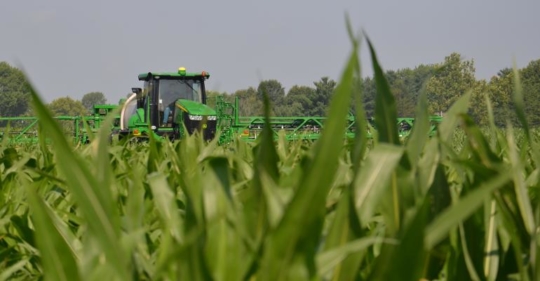Explore our blog featuring articles about farming and irrigation tips and tricks!
Give Reduced Tillage Another Try

By: Tony Bailey
Many farmers gave no-till a try in the late ’80s or early ’90s. Unfortunately, it didn’t go well for most. They were told to stop tilling and plant no-till. If they did, good things would happen. For some farmers, this worked well enough and they stuck with it.
However, for many it was a struggle from the get-go, and they often returned to some sort of reduced-tillage system. Often, residue on the soil surface, especially corn residue, kept the soil cold and wet, making planting a challenge.
If this sounds familiar, your crops, soil and you likely struggled to make it past the first three to five years. If we only knew then what we think we know now, we would have told you how important soil biology is. Plus, we would have emphasized the need to stick with it.
Realistic attitude
It’s important to understand that this is a systems-oriented process. There are no silver bullets. It will take time and patience. A variety of transitions must happen when making the switch to high-residue planting systems. These transition areas include soil biology, crop residue, tillage and your mindset.
Soil biology. Earthworms and other biological composters must be ready to deal with the residue that no-till leaves on the soil surface. This is where cover crops or more crops in rotation are crucial because they improve and increase biology. Manure and compost applied at correct rates, and reduced soil disturbance can also give soil biology a boost. Cover crops, along with less tillage, will have a duplicative positive impact.
Stay up to date on all T-L news and get alerts on special pricing!


